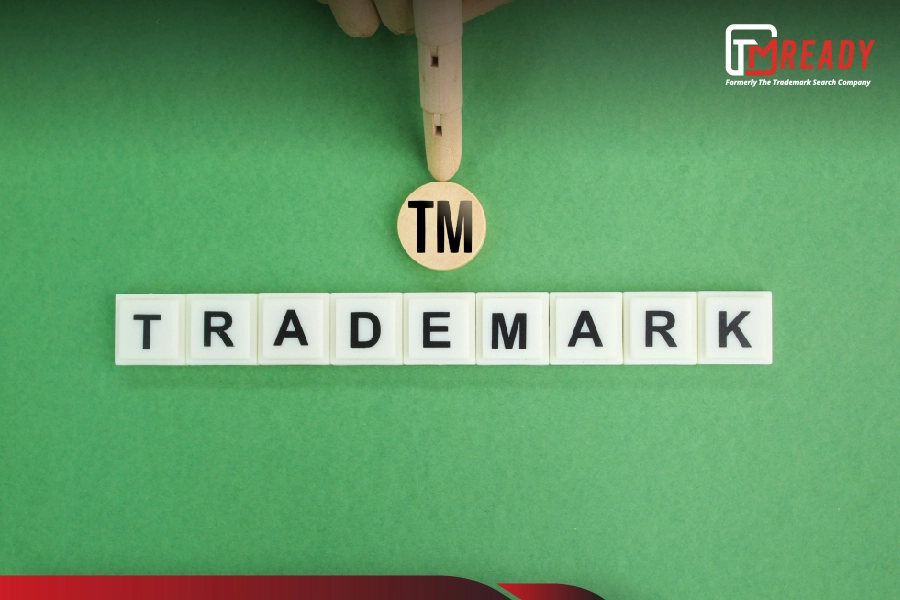Often people get confused between the concepts of trademarking a name and trademarking a logo. Let us tell you that they are a little different from each other. Before discussing upon what you must do and how you must trademark a logo, we will roughly brush up what exactly, a trademark and a logo are.
A trademark is a type of intellectual property that protects a particular phrase, symbol, word, design, or logo which is used to distinguish the business products and service from other organization in the market. While trademark protects, a logo is a design chosen by an organization to recognize a product or service. It is the design that the public identifies as a product source. For example, if you see a logo of three stripes bars resembling a mountain, you can easily know that it is Adidas. It is the instant connection that a trademark logo builds between a product and a customer.
Talking about the world most leading industry of Food and beverages, the top three names that arise in every mind is NESTLE, COCA-COLA, and PEPSI. While nestle continues its legacy of being on top, recently a crisis came onto the path where one of the main product of the company – Maggie was banned due to its safety issues. Before the incident of banishing, Maggie had 90% of the market share in India which was reduced to 53%. While the concern of lead found in the product raised health issues in India, the product was drawn out of the markets and the company faced a heavy fine, stock loss, and other additional transaction. Noting down that, the company has 455 factories and spread across more than 194 countries; the company managed to regain its position with flying colors.
When big companies such as NESTLE faces trouble, the company has the strength to recoup and rebuild. Even if the company went bankrupt, thousands of banks would be ready to provide financial aid, only because of it connected to the public. However, what if the company lost its brand- the trademark brand, then the organization would battle to recuperate from the loss of its image. Therefore, a brand and its association to public connected by a trademark serve an intangible asset as well as corporate identity. The necessary procedure of trademarking a logo is shown in Figure 1.
Figure 1. How to trademark a Logo (Process)
Steps to trademark a Logo
-
Create your own logo
If you don’t have what you do need to protect, definitely a blank paper cannot do anything to it, so firstly create a logo that has to be trademarked. It can be a symbol, image, words, shape, or a combination of them. Even if you use familiar shapes, make sure that the final trademark is distinctive and stands-out. Although it may sound straightforward and easy task, trust us it is not. It is not like googling a word and getting it registered. It does not work like that.
Now, the role of a trademark attorney comes to play. For example, on the off chance that you possess a brick company, you cannot choose your logo to be “brick,” it does not have anything different. It is the place where the attorney advises you through the design process and ensures that the logo created is sufficiently unique for registering it as a trademark and matches the company’s vision.
-
Conduct a trademark search for existing trademark logos
While applying for a trademark, other trademark proprietors have the opportunity to contradict to your brand in case they feel that your logo infringes, a lawsuit can be filed. To avoid these contradictions, the logo designer and attorney should conduct a trademark search, which can save money of application if the final logo infringes other trademarks.
Before you cover the final stretch of the lap and win a trademark logo, you and your attorney should run a Trademark search via different tools to ensure that, no similar trademark logo like yours exists. Organizations should provide their trademarks with care and even though your logo may be distinctive in general; it could contain shapes, images, or even colors that another organization has trademarked. Therefore the application of the trademark can be quickly turned into battleground if the correct measures are not taken.
Well, if you don’t know much about the tools that an individual can freely access, read our article of Trademark search (We are sure that it will help you to conduct your search).
-
Find the quality of uniqueness in your Trademark
Surveys have shown that a customer watching an advertisement containing the universal symbols like trees, hearts, star, or paw prints is most likely to connect to the product more quickly. The global symbols often used have an associated message with them like heart denotes love; tress denotes nature, and so on. These are symbolic communication which adds deep, engaging aspect to a design. These symbols aid in building a relationship of a customer to the product and inversely to the company. It is known as the primary design consideration. The secondary consideration while design a logo is the color combination, font style, size, typographical application, which can act as a plus point since they can be revised over a duration of time and any changes made to the logo later will not affect negatively.
An excellent logo to be trademarked must always have an immediate and intuitive connection. They must be accessible and straightforward, but an inner meaning associated enhances its beauty. Always remember that while a logo should be unique, it must also have a symbol which can connect to every person in the world.
Organizations regularly utilize a non-specific or original image to present their brand. With a specific end goal to get approval from the USPTO, you should plan a logo that has uniqueness. As it were, there must be something special about your logo that separates it from the various enlisted trademarks. The extensive modification done to the basic symbols include adding a wordmark to a non-specific symbol, or a twist in the design or a unique color to it. Doing as such will fortify your responsibility for the mark and will likewise help shield you from infringement in future.
Also Read: 10 Major Benefits of Trademark
-
Apply for the trademark
When can you apply? The answer would be “At the earliest.” Whether a good or service is ready to be launched in the market or not, filing a trademark application will do you no harm but only work as a benefit to you. The greater benefit that you can have while applying is the level of protection. The only requirement that you must fulfill while applying, is to show that you “intent to use” the logo in the market against a product or a service or is at present used in the market. The “intent to use the application” is used with the trademark application to protect the logo design from being taken away from you and also to ensure its safety before you reveal full advertising and promoting the effort.
The standard trademark application contains a section that is used to address that an application is being filed with the note of “intent to use”. Upon receiving the form, Notice of Allowance is issued by the government. After which
- Either you begin to use the logo in trade within six months and file a “Statement of Use” form. Or
- File an extension.
After the Statement of Use is submitted, your trademark is broadcasted publicly ion the USPTO database.
-
Determine the status of the trademark
After an application is submitted, a trademark examiner will check the trademark, depending upon which the application will be rejected or approved. An application can be refused due to several reasons, like using an image of the deceased U.S President (without the consent of the living spouse) or if your logo has words or image that devalue the national symbols, or are scandalous or immoral or are non-specific. In case, the application faces rejection, no refunds will be granted.
However in case, your application is approved, the USPTO will render a set of rules that you should act accordingly to maintain your logo. A smart decision after receiving an approval would be hiring a trademark watch service which will help you to keep the logo as well as avert different organizations from utilizing your logo wrongfully.
As these steps have demonstrated, adapting methods to trademark a logo is genuinely clear. With a decent trademark lawyer and eye for the details, any company can ensure its brand value.
Also Read: Hire a trademark Attorney: What’s the Need?
What can happen if you do not trademark a logo?
Precaution is better than cure. Here, you can consider yourself as a logo, and you must protect yourself from the diseases (i.e., third party) else you would have to take medication (i.e., fight the legal battle).
Where in a day to day life, you are what you stand for, similarly in the market arena; your brand logo portrays what it is precisely that your organization does. It helps the customer to recognize your brand from the other brands in the market. A decent logo distinguishes you from your opposition – and that is why you have to secure it. Below you find nine reasons as to why trademark is essential:
- It is a useful and silent communication tool.
- It makes your brand identifiable and stands out to the customers.
- Trademark allows better and effective utilization of the business over the media.
- Over the period, the trademark gains value and trust of the customer that reciprocally increases the business, making business expansion easier.
- It creates a positive interest in the people’s mind and influences the employment rates.
- They do not have an expiry date.
- Comparatively, small charges of filing of the application and smaller renewal fee.
- Allow you to file a lawsuit if someone infringes the mark.
- Seizing of the counterfeit and infringing good sold under the trademark.
Visit our service page for more information.
Other Important Insights:
Trademark Filing: A Step by Step Process
Trademark Filing Fees: A Quick Overview







